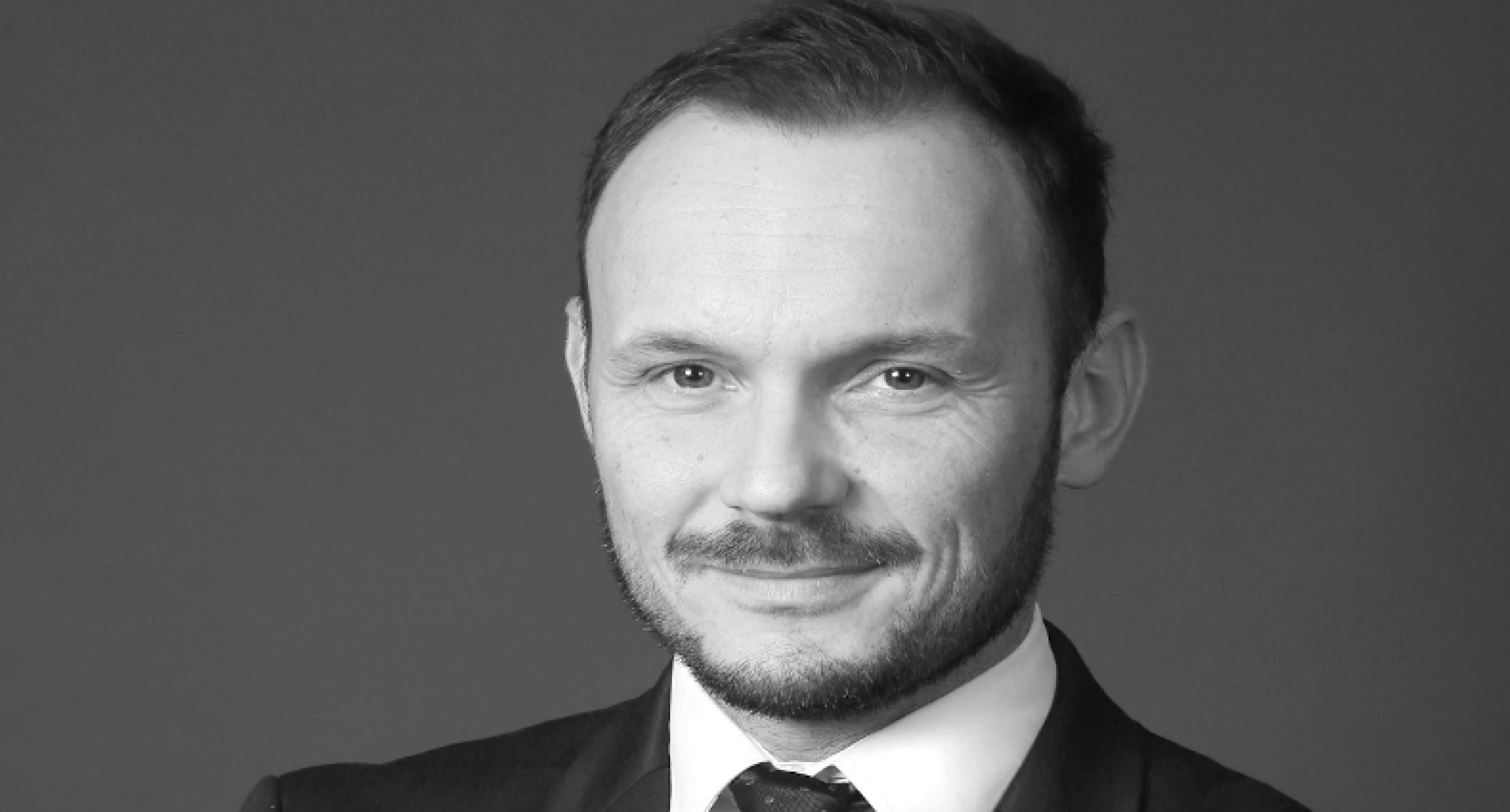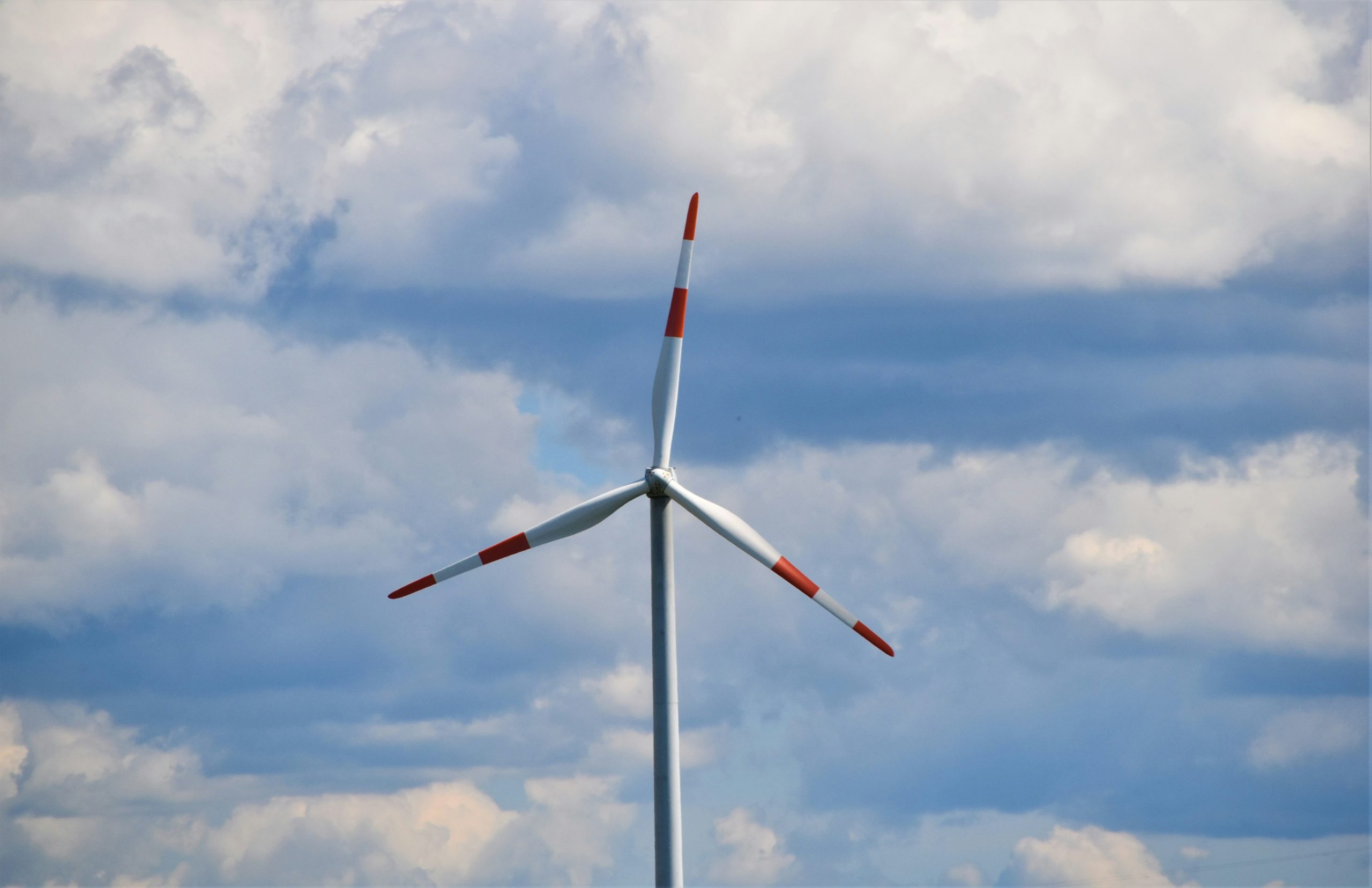One of the arguments for the development of the offshore wind energy sector is the creation of new jobs. Often cited in publications and statements are the results of analysis by McKinsey consulting center, based on the input-output analysis method. It shows that offshore wind energy could create 77,000 new jobs by 2030. In conversations with BalticWind.EU, the industry increasingly doubts these estimates. Maciej Mierzwinski, CEO of CEE Energy Group, talks about the real potential of the Polish offshore supply chain. He argues that urgent decisions are needed.
Article taken from BalticWind.EU Quarterly Report Q2 POLAND 2022.
BalticWind.EU’s interlocutor reminds that more than a year ago the so-called offshore wind act was adopted. In its purpose it was not only to free the investment process for emission-free energy sources, important from the point of view of decarbonization – wind in the Baltic. Very important in its provisions, in line with the expectations of the majority, were those supporting the domestic supply chain, Mierzwinski stresses. He assesses that key stakeholders have prepared well to meet expectations. First, major industry organizations commissioned the preparation of an in-depth analysis of companies’ potential. Then, the topic of so-called local content was put at the center of the so-called sector deal prepared by the Ministry of Climate, signed in Q3 2021.
Urgent decisions needed
“The foundation for the development of projects, companies and innovations is prepared but 2021 did not bring significant announcements of many business plans, new investments, products or innovations. As an industry, we are wiser after these few months, and it seems that it’s the time to review the approach in building the potential of Polish companies. The opportunity to maintain the forecast of dozens of jobs is still there, but it requires urgent decisions”.
He adds that the most disappointing thing for the Polish offshore wind industry is the lack of announcements of significant new actors, capacity investments, partnerships and large contracts.
“This does not mean that there is no action taken on the matter. On the contrary, there are several serious projects around large companies in Poland, aimed at supplying the European market. However, these projects show that the time required to bring offshore wind farms to the supply market is long. Talks with customers can take years, as they usually involve long-term partnerships. In addition, potential partnerships involve supplying products that are constantly undergoing development – turbines, foundations, installation vessels. They are getting larger and more demanding for potential suppliers. It also means creating new investment plans – there are no factories in Europe that have to adapt to larger turbines (their production and installation). This poses a huge challenge for new actors”.
The entire article is available here: https://balticwind.eu/balticwind-eu-country-report-poland-q2-2022/
















